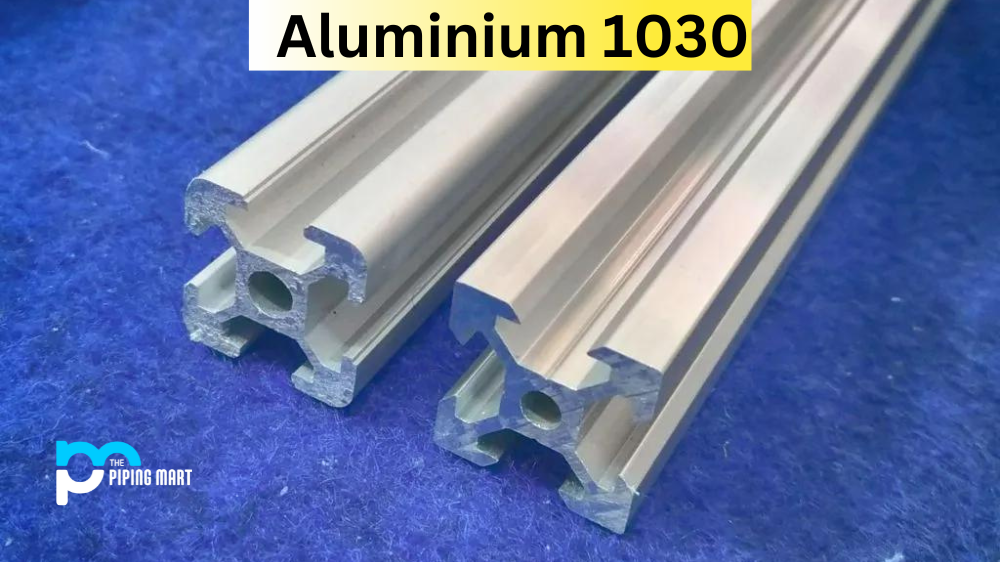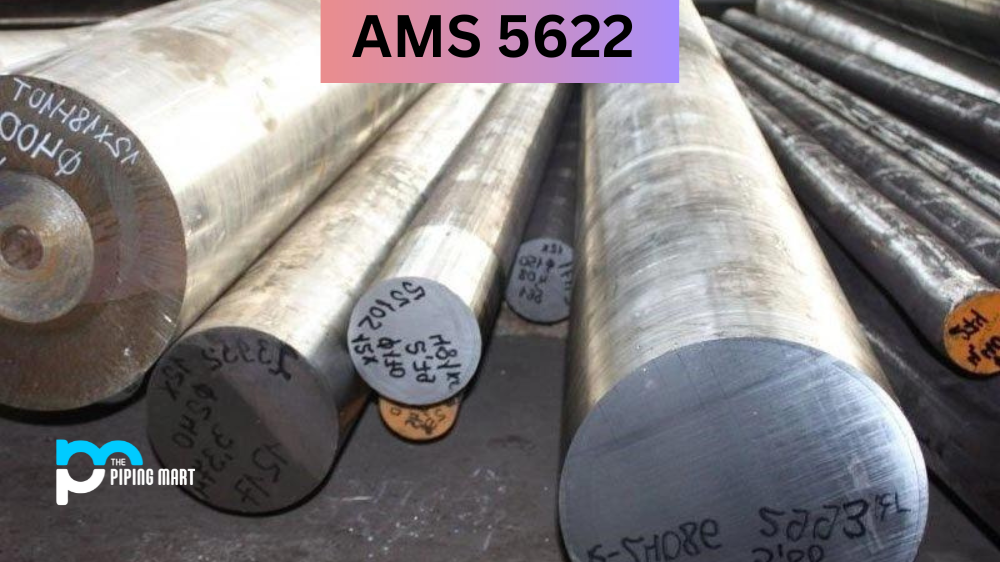Aluminium is a remarkably versatile metal that has become essential in various industries. Aluminium alloys have mixed physical and mechanical properties, making them ideal for multiple applications. One such aluminium alloy is 1030. Aluminium 1030 is a widely used alloy comprising different metals to increase strength. This blog post aims to provide an overview of Aluminium 1030, including its composition, physical and mechanical properties, uses, and heat treatment.
Aluminium 1030 Composition
Aluminium 1030 is an alloy of 98.5% aluminium and 1.5% iron. The iron content in the alloy improves its strength and stiffness, making it an ideal choice for construction and industrial applications. The alloy also has a few trace elements, such as silicon, manganese, and copper, that give it unique properties.
Aluminium 1030 Physical Properties
Aluminium 1030 has excellent physical properties, making it a popular choice in different industries. The alloy is lightweight and corrosion-resistant, making it ideal for outdoor use. It is also ductile, malleable, and has good electrical and thermal conductivity.
Aluminium 1030 Mechanical Properties
The mechanical properties of Aluminum 5654 make it a preferred choice in various applications. It has a high tensile strength, good fatigue resistance, and excellent machinability. The alloy also has good weldability so that it can be quickly joined or formed into different shapes.
Aluminium 1030 Uses
The unique physical and mechanical properties of Aluminium 1030 make it useful in various industries. Due to its excellent corrosion resistance, the alloy is often used in marine applications, such as shipbuilding. It is also used in the construction industry for making window frames, wall cladding, and roofing. Aluminium 1030 is also used in electrical and aviation industries due to its lightweight and excellent electrical conductivity.
Aluminium 1030 Heat Treatment
Heat treatment is a process used to change an alloy’s properties. Aluminium 1030 can be heat treated to improve its strength and hardness. The alloy is heated to a specific temperature and then quenched or cooled rapidly to preserve its new properties. This process is known as precipitation hardening, increasing the alloy’s strength and hardness.
Aluminium 1030 Hardness
The hardness of Aluminium 1030 depends on whether it has been heat-treated or not. Depending on the heat treatment process, the alloy has a hardness range of 30-45. The heat treatment strengthens the alloy, making it harder and more resistant to wear and tear.
Conclusion
Aluminium 1030 is an excellent alloy that has unique physical and mechanical properties. The alloy is used in various industries, from construction to aviation, due to its versatility and lightweight. Additionally, heat treatment can be used to increase the alloy’s strength, hardness, and wear resistance. Overall, Aluminium 1030 is an essential alloy crucial in multiple applications.




